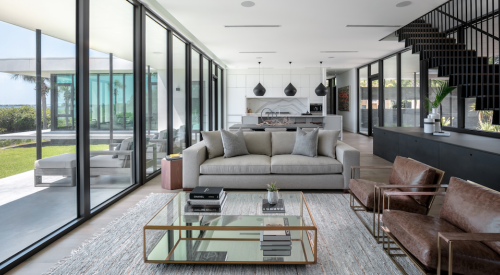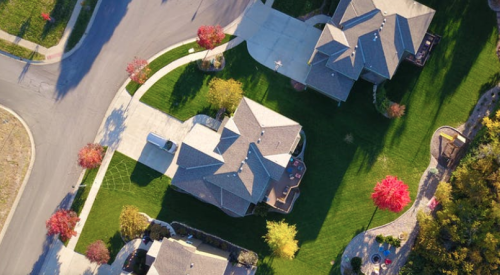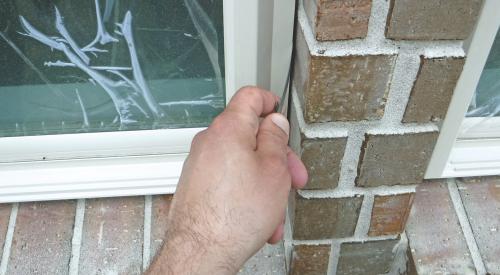Photo: How to Keep Unwanted Suitors Out in the Cold, Nigel Mykura, geograph.org.uk/p/1075575, (CC by SA 2.0)
Is affordability for U.S. homebuyers getting better or worse? As usual, it depends on where you live, but in many areas, the answer is worse. According to real estate brokerage Redfin, in 2017, 72% of homes for sale in Las Vegas were considered to be affordable, dropping to 63% in 2018. In Seattle, the number of affordable homes fell to 46% in 2018 from 58% in 2017. Real estate listings website Realtor.com’s data shows the number of affordable homes in Louisville in 2018 stood at less than 20%, down from 23% the year before, and in cities such as Grand Rapids and Charleston, only 6% of listings met the definition of affordable in 2018. (Affordability is generally considered to mean that housing costs for a median-price home should consume 30% or less of average annual wages.)
Nationally, 2019 second quarter numbers reported by property data company Attom Data Solutions show that median home prices in 353 out of 480, or 74%, of counties are not affordable for average wage earners. Other reports reveal that prices across the nation for the most affordable third of homes are rising as supply diminishes. Year-over-year price increases in the first half of 2019 approached 9% while supply dropped by 14.5%. Census Bureau data demonstrate the trajectory of price differences in real numbers: In 2009, the median price of a home in the U.S. was $220,000; this year, it’s $320,000.
Of course, it’s more expensive to build a house in 2019 than it was in 2009, and recent home price escalation reflects that. Building material price increases, labor costs, extremely competitive prices for land, and increasing regulatory expenses have jacked up the cost of homes considerably. But another big reason for the increase in median home prices stems from the type and size of homes being built.
No one can blame builders for following the money and offering bigger, more amenitized homes to the large contingent of buyers who want and can afford them. But it has left a sizable, and growing, group of house hunters in the cold. Consider this: In its latest Home Buyers and Sellers Generational Trends Report, the National Association of Realtors clearly shows that the mostly starter-home buying Millennials (79 million strong) are the largest generation of buyers (37%) currently, but the number of new homes built in 2018 that were 1,800 square feet or smaller was less than 22%.
Some jurisdictions are attempting to respond to the shortage of affordable homes by changing zoning codes to allow accessory dwelling units, clustered homes, and duplexes and other multifamily configurations in traditionally (or exclusively) single-family areas. But these revisions are unlikely to greatly improve the nation’s overall housing supply issue.
Home builders, on the other hand, can make a big impact, and a few have stepped into the breach. One of the earliest, and now most successful, is housing giant D.R. Horton. Horton founded its lower-priced Express Homes division for first-time buyers in 2014 and its downsizing Baby Boomer brand, Freedom Homes, in 2016.
Buyer response to these smaller, less expensive homes has been overwhelming. According to an article by Mitchell Schnurman on The Dallas Morning News website, in the second quarter of 2019, Horton reported closings of nearly 11,000 homes for $300,000 or less—more than two-thirds of its total closings. Four years ago, the company closed 6,700 homes in that range. Its Q2 numbers represented a total gain of 13% in closings, an 11% gain in revenue, and an increase of 5% in profits and 20% in margins.
Other large builders, including KB Home, Meritage, NVR, and, most notably, two companies better known for their luxury product, Toll Brothers and Ashton Woods, are shifting their focus and following suit. Hopefully, this about-face, together with lower interest rates, may serve to turn what we currently think of as a generation of renters into homebuyers after all.












